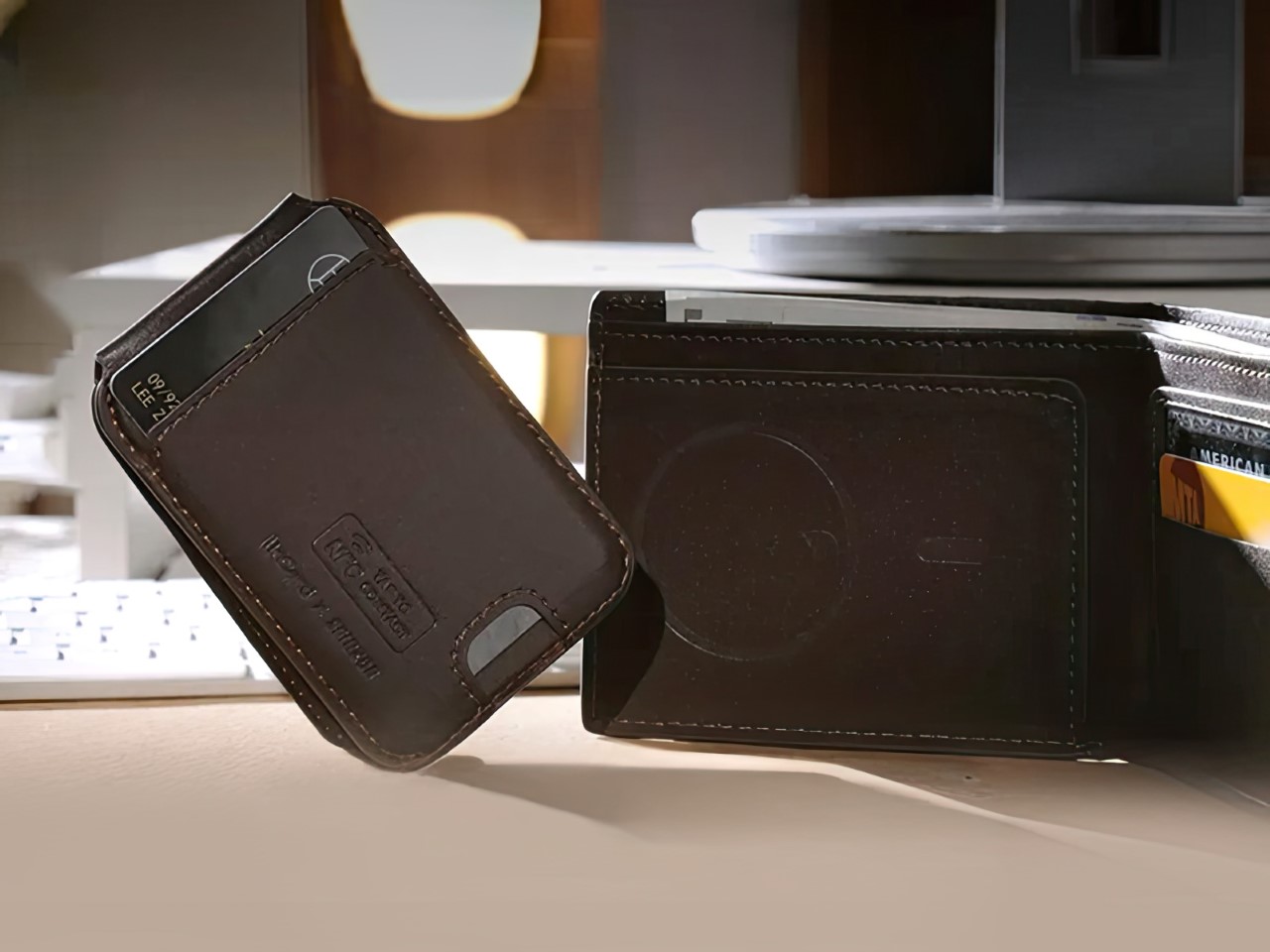Redlib - Lire Reddit sans que Reddit vous lise
Vous scrollez tranquillement r/rance à 2h du mat’ pour tuer le temps avant de dormir, vous lisez quelques posts, regardez des memes, rigolez sur un truc débile. Mais savez-vous que Reddit enregistre chaque post que vous lisez, chaque image que vous ouvrez, chaque seconde que vous passez sur chaque thread ? Et ça, ils le font même si vous n’avez pas de compte y compris si vous êtes en navigation privée.
Bienvenue dans le monde merveilleux du tracking obligatoire !
Heureusement, pour lutter contre ça, sans se priver de Reddit, il existe Redlib , un front-end alternatif open source, codé en Rust, qui va vous permettre de lire Reddit sans que Reddit ne sache que vous existiez. Pas d’inscription, pas de JavaScript, pas de pubs, pas de tracking. Vous remplacez juste “reddit.com” par “redlib.tiekoetter.com” dans l’URL et hop, vous avez le même contenu sans la surveillance.
![]()
D’ailleurs, petite histoire rapide pour comprendre pourquoi Redlib existe…
En 2023, Reddit a décidé de tuer toutes les apps tierces populaires comme Apollo ou BaconReader en rendant son API hors de prix. Le vrai objectif n’était pas de monétiser l’API, mais plutôt de forcer tout le monde à passer par leur app officielle bourrée de trackers et de pubs. À cette époque, il existait Libreddit, un projet similaire à Redlib qui permettait de lire Reddit en privé mais Reddit a commencé à imposer des rate limits agressifs qui ont tué Libreddit… Projet tragiquement décédé, fin de l’histoire…
Sauf que non. Un dev a décidé de ressusciter Libreddit sous un nouveau nom : Redlib. Et là, coup de génie technique, au lieu de se connecter normalement à l’API Reddit, Redlib utilise une technique appelée OAuth token spoofing.
En gros, Redlib se fait passer pour l’application officielle Android de Reddit. Il envoie les mêmes headers HTTP, utilise les mêmes tokens d’authentification, et imite le comportement de l’app officielle. Du coup, Reddit pense que c’est son app qui fait des requêtes, et laisse tout passer sans bloquer. Alors évidemment, la première question qui vous vient surement c’est : Est ce légal ??
Et bien comme pour toutes les bonnes choses de la vie, techniquement, on est dans une “zone grise”. Mais après éthiquement parlant, vous lisez du contenu public que les gens ont posté gratuitement sur une plateforme publique, donc j’imagine que pour le concepteur de Redlib, y’a pas mort d’homme.
Donc pour utiliser Redlib, vous avez donc cette instance publique redlib.tiekoetter.com qui vous permet de libérer n’importe quel lien Reddit. Mais pour les plus geeks d’entre vous, ceux qui sont à fond dans l’auto-hébergement parce qu’ils ont beaucoup de temps libre (lol), vous pouvez le mettre en place chez vous également avec Docker. Le repo GitHub explique tout, c’est assez rapide à mettre en place.
La différence avec l’expérience Reddit normale est d’ailleurs flagrante car sur reddit.com, vous êtes bombardé de popups “Install our app”, de bannières de cookies, de pubs…etc. Le site est lourd, lent, et essaie constamment de vous pousser vers l’app mobile alors qu’au contraire, sur Redlib, c’est du contenu pur et dur. Pas de JavaScript, pas de popups, juste les threads et les commentaires. Et c’est super rapide !! Même les images passent par le serveur Redlib, donc Reddit ne voit jamais votre IP quand vous chargez une photo.
Maintenant, faut quand même savoir que Reddit n’est pas content de cette situation. Ils essaient régulièrement de bloquer les instances Redlib en bannissant des adresses IP. C’est pour cela que certaines instances publiques rencontrent parfois des erreurs du style “Failed to parse page JSON data”, mais la communauté Redlib réagit en général très vite, change d’IP, ajuste les tokens OAuth, et le service repart.
Bref, je vous conseille de tester, surtout si vous en avez marre de vous faire harceler par des messages vous incitant à installer l’app mobile.
Reddit, c’est bien mais Reddit sans surveillance, c’est mieux !
![]()

